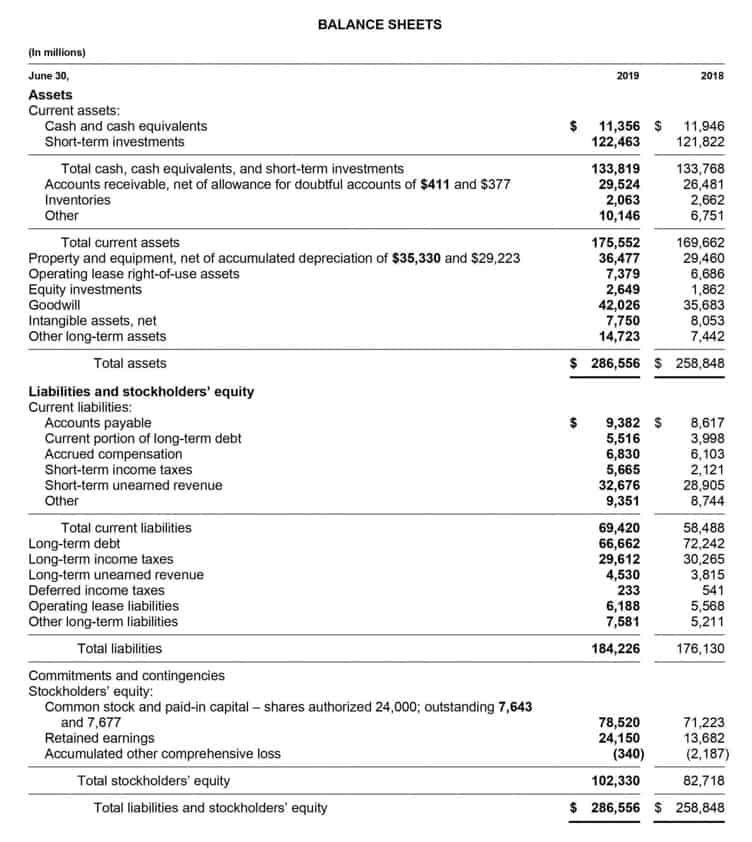- HOME
- VLOG
- WORKSHOPS
- RECORDED WORKSHOPS
- UPCOMING WORKSHOPS
- REQUEST A WORKSHOP
- SUGGEST A WORKSHOP IDEA
- COUNSELING
- FREE RESOURCES
- TESTIMONIALS
- Log in
TITLE
DESCRIPTION
How Salvage Value Is Used in Depreciation Calculations

Residual value is commonly used in accounting, leasing agreements and capital budgeting. For tax purposes, the IRS typically requires businesses to use the Modified Accelerated Cost Recovery System (MACRS) to calculate depreciation. Under MACRS, salvage value is not explicitly considered, allowing businesses to maximize depreciation deductions and reduce taxable income in an asset’s early years. Gains or losses may arise depending on the asset’s book value relative to the sale price. When an asset reaches the end of its useful life or becomes economically unviable, businesses must decide whether to sell, scrap, or donate it.
Residual Value Explained, With Calculation and Examples
An estimated salvage value can be determined for any asset that a company will be depreciating on its Medical Billing Process books over time. Some companies may choose to always depreciate an asset to $0 because its salvage value is so minimal. As such, an asset’s estimated salvage value is an important component in the calculation of a depreciation schedule.
Method Of Depreciation
It represents the amount that could be obtained by selling the asset or using it for alternative purposes after accounting for depreciation. Essentially, it’s the bottom line value—an asset’s last hurrah before it bids adieu to the balance sheet. In this section, we will explore the concept of declining balance depreciation and its relationship to the determination of salvage value for capital assets. Declining balance depreciation is a method commonly used to allocate the cost of an asset over its useful life. It is based on the assumption that assets tend to lose their value more rapidly in the early years of their life and salvage value gradually slow down in depreciation as they age.
What are the risks of buying a salvage title car?
Accurate documentation of salvage value and depreciation history is essential for proper tax reporting. Salvage value, also known as residual value or scrap value, is the estimated worth of an asset at the end of its useful life. It’s a critical component in calculating depreciation and can significantly impact financial statements and tax calculations. Accurately estimating the salvage value of your assets is crucial for proper financial planning and asset management. Our Salvage Value Calculator helps you determine the theoretical end-of-life value of your assets and compare it with real market data. The salvage value in a buyback situation is the car’s worth in the condition it is in with the damages it sustained in the accident.

Sum-of-the-Years-Digits Depreciation Method
Suppose a company spent $1 million purchasing machinery and tools, which are expected to be useful for five years and then be sold for $200k. The majority of companies assume the residual value of an asset at the end of its useful life is zero, which maximizes the depreciation expense (and tax benefits). The difference between the asset purchase price and the salvage (residual) value is the total depreciable amount.
- An unfortunate part of driving is the possibility of a collision that’s severe enough to write off your car as a total loss.
- Estimating useful life accurately is critical as it determines the rate of depreciation over time.
- Businesses often conduct market research or consult industry experts to evaluate demand and pricing trends for similar used assets.
- The company also estimates that they would be able to sell the computer at a salvage value of $200 at the end of 4 years.
- Another way to determine the value of a salvaged vehicle is to ask a local dealership what the car would be worth with a clean title.
By considering multiple perspectives and using accurate estimates, businesses can optimize their asset lifecycle management. Remember, the seemingly small salvage value can have significant ripple effects throughout an organization’s operations. When discussing salvage value, it is important to consider different perspectives. From an accounting standpoint, salvage value represents the amount that can be recovered from selling the asset bookkeeping after its useful life. This value is typically estimated based on factors such as market conditions, asset condition, and demand.
Asset Labels / Tags

The Internal Revenue Service (IRS) requires companies to estimate a “reasonable” salvage value. The value depends on how long the company expects to use the asset and how hard the asset is used. For example, if a company sells an asset before the end of its useful life, a higher value can be justified. AI also enhances depreciation forecasting by dynamically adjusting schedules based on real-time data, reducing human error and ensuring compliance with accounting standards. This enables finance teams to optimize tax planning and make smarter capital investment decisions. Salvage value is important in accounting as it displays the value of the asset on the organization’s books once it completely expenses the depreciation.

To calculate the salvage value using this method, multiply the asset’s original cost by the salvage value percentage. Straight-line depreciation is generally the most basic depreciation method. It includes equal depreciation expenses each year throughout the entire useful life until the entire asset is depreciated to its salvage value. Remember, accurately assessing salvage value involves a blend of quantitative analysis, industry expertise, and a touch of foresight. By considering these factors, you’ll be better equipped to make informed decisions about your capital assets. Salvage value, also known as residual value or scrap value, refers to the estimated worth of an asset when it reaches the end of its productive life.
It’s the estimated value of something, like a machine or a vehicle, when it’s all worn out and ready to be sold. This differs from book value, which is the value written on a company’s papers, considering how much it’s been used up. The straight-line depreciation method is one of the simplest ways to calculate how much an asset’s value decreases over time.







Leave a Reply